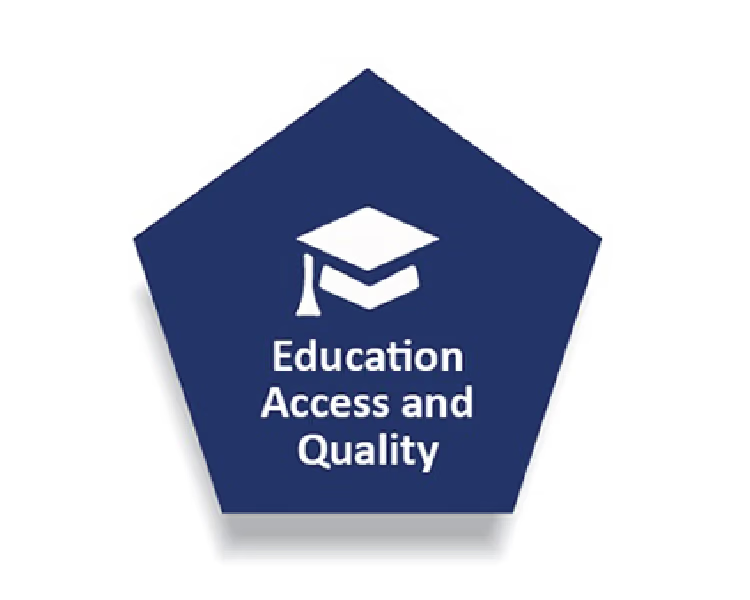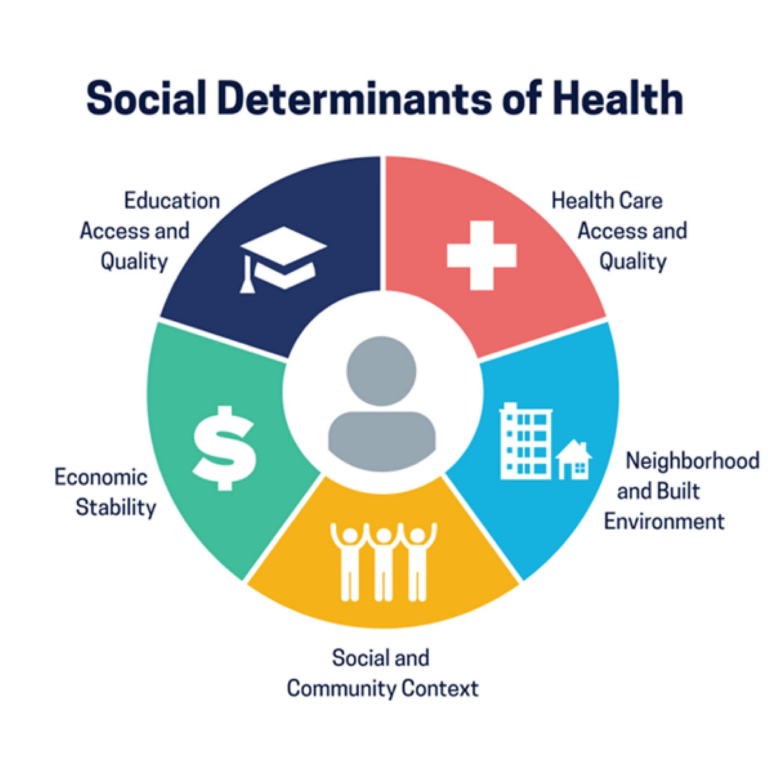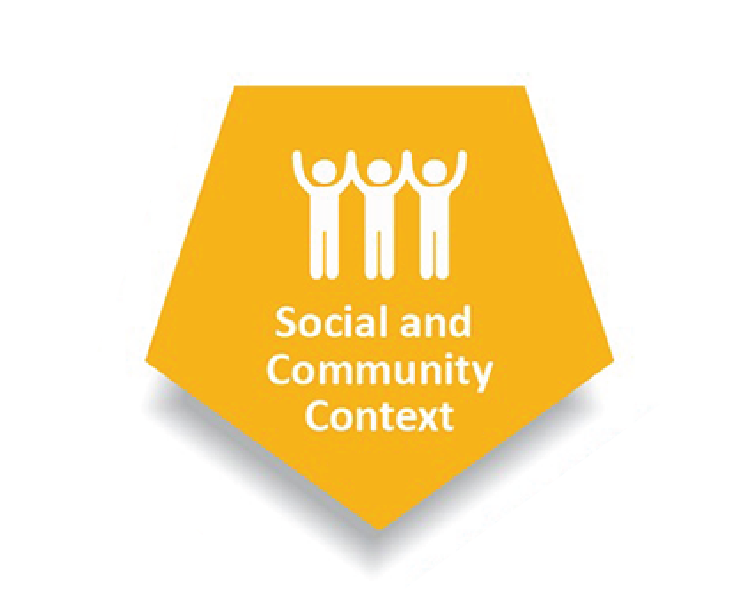Among the rising national overdose rates, there is another trend quickly on the rise – and a positive turn within the recovery community. The sober curious trend has taken social media and the nation by storm, with over 34% of Americans carrying it into the year 2023. Diminishing are the days when social gatherings relied on a heavy presence of drinking and partying, as younger generations usher in a new way of interacting with social drinking. With the sober curious trend sticking, what does this mean for recovery services? We’re diving straight into how this trend is impacting society, the recovery community, and what we can watch out for next!
Younger Generations Increasingly Sober Curious
Social drinking has long been a large part of society. From birthday celebrations to post-work cocktail hours, every get-together seems to be infused with alcohol. With that, it almost seems to function as an initiation into adulthood, ever present in colleges, high schools, and social gatherings. Currently in the United States, over 80% of college students participate in consuming alcohol throughout their time in school. This staggering number reminds us of just how influential drinking culture is, especially among young adults and youth. All that being said, younger generations seem to be turning this constant on its head!
Popularized due to social media trends like “Dry January” and “Sober Curious,” the number of people pursuing sobriety or alcohol moderation is up 7% in the last two years alone. Millennials and Gen Z consumers especially are re-evaluating their relationship with alcohol consumption at higher rates than we’ve seen in decades. Along with this, 62% of adults under the age 35 say they drink, down from 72% two decades ago. And this trend continues to grow.
Reduced Alcohol Consumption is Here to Stay
In accordance with the rising interest in sober curiosity, non-alcoholic beverage sales have followed suit. In the past few years, there has been a consistent increase in non-alcoholic beverage sales of 20.6%, year over year. This number is expected to rise alongside the continuously growing interest in reduced alcohol consumption. It’s safe to say that younger generations are breaking the mold when it comes to societal expectations of consuming alcohol at social gatherings and casually in day-to-day settings.
This changing landscape ushers in a new relationship with social drinking, and not just for the individuals participating in the sober curious trend.
What Does All of This Mean for the Recovery Space?
It’s safe to say that most people are proud to see younger generations recognizing the benefits of trends like “Dry January” and deciding to implement it longer-term. Reducing alcohol consumption is clearly proven to improve many health factors, such as mood and mental health, and reducing blood pressure. Reaping the positive rewards of cutting back has sparked interest in totally re-evaluating one’s relationship with drinking – and we’re not mad about it!
Aside from supporting participants in this trend’s interest in improving their overall health and wellness, this also has the potential to impact various elements in the recovery space.
Looking closely at drinking culture, specifically among college-age individuals, this has the potential to drastically impact the number of people diagnosed with an alcohol use disorder (AUD). Statistics show that over 20% of college-aged students who drink have diagnosable AUD. Knowing the connection between college drinking and developing a substance use disorder is key to this conversation.
Younger adults choosing to limit alcohol consumption could mean a shift in the number of diagnosed alcohol use disorders we see developing. As the stigma around being “sober curious,” “sober,” or even saying no to a casual drink continues to decrease, we can only expect that a decrease in diagnosed AUD is soon to follow.
A Changing Landscape
In conclusion, the sober curious trend and its positive impact on society, especially among younger generations, are changing the landscape of social drinking and potentially reducing the number of diagnosed alcohol use disorders. As we continue to embrace healthier relationships with alcohol, we look forward to a future with improved well-being and a more mindful approach to our choices. Cheers to a brighter and more balanced future!
Your One-Stop-Shop for All Things Recovery
Want to learn more about recent trends in the United States? Check out our blog for more about the recovery industry, peer recovery services and more!
Sources:
Alcohol Rehab Guide. “College Alcoholism.” Alcohol Rehab Guide, 2023. https://www.alcoholrehabguide.org/resources/college-alcohol-abuse/#:~:text=Roughly%2080%25%20of%20college%20students,even%20before%20they%20enter%20college.
Accessed 26 August 2023.
Civic Science. “Tapping Into the Sober Curious Movement – Does It Live Up to the Hype?” Civic Science, 2022. https://civicscience.com/tapping-into-the-sober-curious-movement-does-it-live-up-to-the-hype/.
Accessed 26 August 2023.
Gallup. “Young Adults in U.S. Drinking Less Than in Prior Decades.” Gallup, 2023. https://news.gallup.com/poll/509690/young-adults-drinking-less-prior-decades.aspx.
Accessed 17 September 2023.
HSE. “Benefits of Cutting Down or Giving Up Alcohol.” Health Service Executive, 2022. https://www2.hse.ie/living-well/alcohol/health/improve-your-health/benefits-of-cutting-down-giving-up/#:~:text=Benefits%20of%20taking%20a%20break%20or%20cutting%20down&text=lower%20blood%20pressure,skin%20conditions%20such%20as%20rosacea.
Accessed 27 August 2023.
NCS Solutions. “Sober Curious Nation: One in Three Americans are Trying to Drink Less Alcohol in 2023.” NCS Solutions, 2023. https://ncsolutions.com/the-goods/sober-curious-nation-alcohol-survey/#:~:text=Drinking%20Decisions%20in%202023,to%20it%20via%20social%20media.
Accessed 26 August 2023.
NIQ. “Non-Alcoholic Beverage Trends in the US.” NIQ, 2022. https://nielseniq.com/global/en/insights/education/2022/non-alcoholic-beverage-trends-in-the-us/.
Accessed 27 August 2023.




